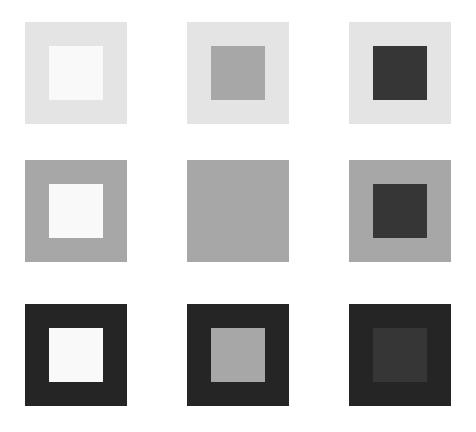
“If I see something with beautiful hard light shining through, I might bring down the exposure to pop up the contrast, which brings that dramatic view I’m seeing to life,” says Traynor. Doing so will help retain the quality of the dark backgrounds and bright spots of your original when it’s time for post-processing. Shooting slightly underexposed can help you in the editing booth. “Once you dial in your settings, you have complete control over the light to get those high-contrast looks straight in-camera,” says Kearns.

Shooting in manual mode will help you more intimately learn your camera settings and how to produce better high-contrast results. Adjust ISO to raise the light sensitivity of shots to amplify contrast. Take multiple shots of the same scene or subject with different exposure levels to see variations with low, medium, and high contrast. Leverage the range of tones they add to your shots during your photo session. As the sun moves across the sky, see how shifting shadows change the type of contrast you can capture. While direct sunlight produces higher contrast, experiment with light as it changes throughout the day. Maximize the contrast in your image by arranging them beforehand in a way that highlights and strengthens their unique connection. In the studio, you’ll have a controlled set that allows you to manipulate your subjects or props without the worry of external interference. You can adjust once you start shooting, but an idea, visual concept, or goal you’re aiming for will help you get more out of your shots. Use a single light source directly above or below your subject.īefore you begin shooting, visualize where the contrast will appear in your picture.

Trying lighting a subject just from one side. Scout locations that may also help your conceptual contrast needs, like a lush, green forest that frames a single dead tree.įor indoor shots, you can create the contrast you’re looking for with lighting equipment and the right positioning. See how shaded areas play with direct sunlight and find places where those levels of lighting come together. This lighting casts a stronger shadow, and thus adds more contrast. For outside shots, go on bright, sunny days when harsh light is prevalent.


 0 kommentar(er)
0 kommentar(er)
